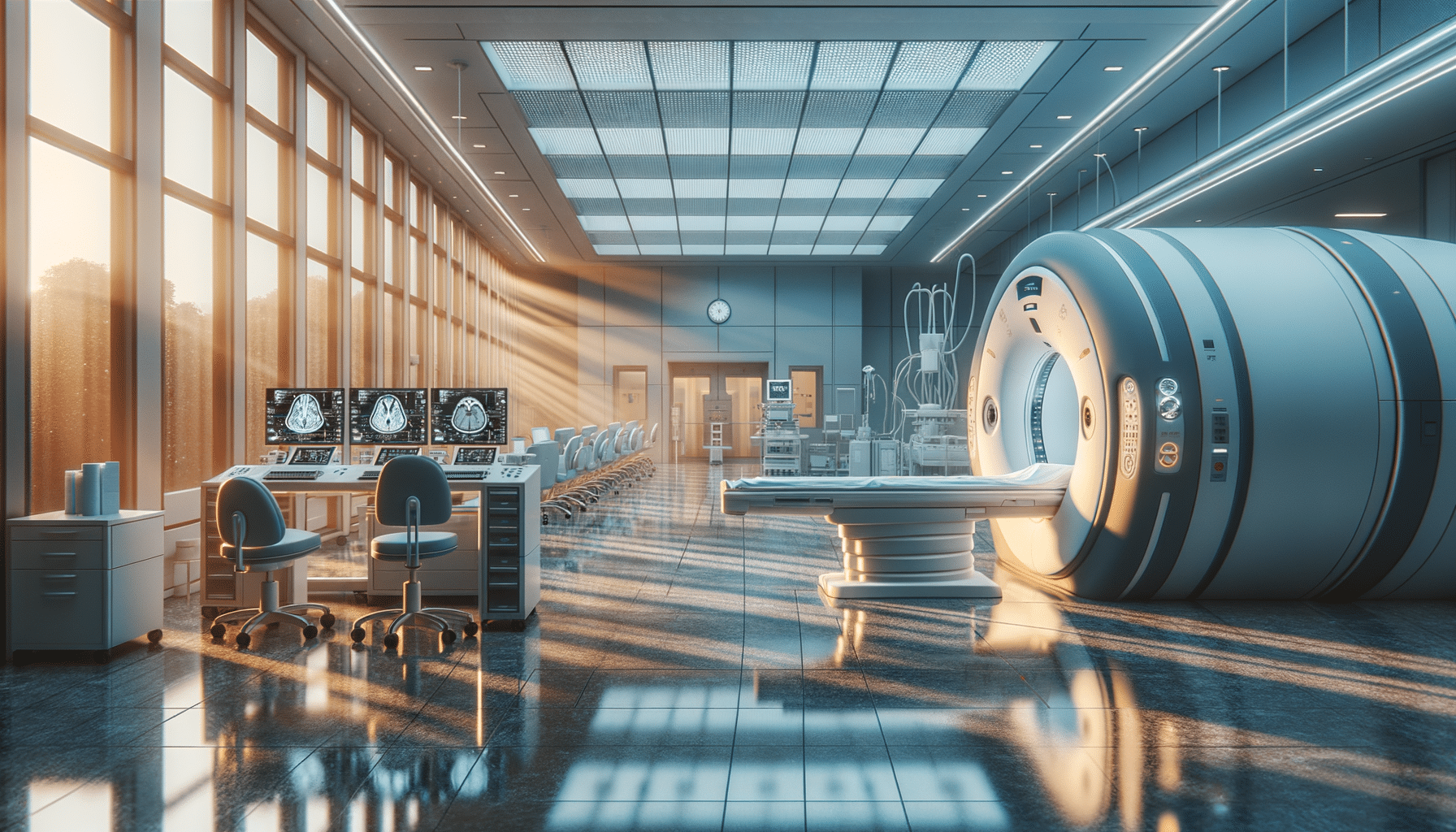
Understanding Back Pain Treatment: Simple Approaches for Relief!
The Prevalence and Impact of Back Pain
Back pain is a widespread issue affecting millions of individuals worldwide. It can range from a dull, constant ache to a sudden, sharp pain that makes movement difficult. The causes are varied, including muscle or ligament strain, bulging or ruptured disks, arthritis, and osteoporosis. Understanding the prevalence and impact of back pain is crucial for developing effective treatment strategies.
According to recent studies, back pain is one of the leading causes of disability. It affects people of all ages, from adolescents to the elderly, and can significantly impact quality of life. The economic burden is also substantial, with billions spent annually on healthcare costs and lost productivity. These statistics highlight the importance of addressing back pain promptly and effectively.
Several risk factors contribute to back pain, including age, fitness level, weight, and occupational hazards. For instance, individuals who lead a sedentary lifestyle or engage in physically demanding jobs are more prone to developing back pain. Recognizing these risk factors can aid in prevention and management efforts.
Conventional Treatment Options
When it comes to treating back pain, conventional methods are often the first line of defense. These include over-the-counter pain relievers, physical therapy, and lifestyle modifications. Each approach offers unique benefits and can be tailored to suit individual needs.
Over-the-counter pain relievers, such as nonsteroidal anti-inflammatory drugs (NSAIDs), are commonly used to reduce inflammation and alleviate pain. While effective for short-term relief, they should be used with caution due to potential side effects and long-term health implications.
Physical therapy plays a pivotal role in back pain treatment. It focuses on strengthening the muscles supporting the spine, improving flexibility, and promoting proper posture. A well-designed physical therapy program can significantly reduce pain and enhance mobility.
Incorporating lifestyle changes is also essential in managing back pain. Simple adjustments, such as maintaining a healthy weight, practicing good posture, and engaging in regular physical activity, can make a significant difference. These changes not only alleviate existing pain but also prevent future occurrences.
Exploring Alternative Therapies
In addition to conventional treatments, many individuals turn to alternative therapies to manage back pain. These therapies offer holistic approaches that focus on the body as a whole, aiming to restore balance and promote healing.
Chiropractic care is one of the most popular alternative therapies for back pain. It involves manual manipulation of the spine to improve alignment and relieve pain. Many people find chiropractic adjustments beneficial, particularly for acute lower back pain.
Acupuncture is another widely used therapy. This ancient Chinese practice involves inserting thin needles into specific points on the body to stimulate energy flow and reduce pain. Studies have shown that acupuncture can be effective in alleviating chronic back pain.
Massage therapy is also frequently employed to treat back pain. It helps relax tense muscles, improve circulation, and promote a sense of well-being. Regular massage sessions can complement other treatments and enhance overall pain management.
The Role of Exercise in Back Pain Management
Exercise is a cornerstone of back pain management. It not only strengthens the muscles supporting the spine but also enhances flexibility and promotes overall health. Incorporating a well-rounded exercise routine can significantly reduce back pain and improve quality of life.
Low-impact aerobic exercises, such as walking, swimming, and cycling, are excellent options for individuals with back pain. They increase heart rate without placing excessive strain on the spine, promoting cardiovascular health and aiding in weight management.
Strengthening exercises, particularly those targeting the core muscles, are crucial for supporting the spine. Exercises like planks, bridges, and pelvic tilts help stabilize the lower back and prevent future injuries.
Flexibility exercises, including yoga and Pilates, are also beneficial. They improve range of motion, enhance balance, and promote relaxation. Regular practice of these exercises can alleviate tension and contribute to long-term back pain relief.
When to Seek Professional Help
While many cases of back pain can be managed with self-care and lifestyle modifications, there are instances where professional help is necessary. Understanding when to seek medical attention is crucial for preventing complications and ensuring effective treatment.
Persistent pain that does not improve with rest and home remedies should prompt a visit to a healthcare professional. Additionally, if back pain is accompanied by symptoms such as numbness, tingling, or weakness in the legs, it may indicate a more serious underlying condition that requires immediate attention.
Healthcare providers can offer a range of diagnostic tests, such as X-rays, MRI scans, or CT scans, to determine the cause of back pain. Based on the findings, they can develop a personalized treatment plan that may include medication, physical therapy, or more advanced interventions.
In some cases, surgical options may be considered. While surgery is typically a last resort, it can be necessary for conditions such as herniated disks or spinal stenosis that do not respond to conservative treatments.


